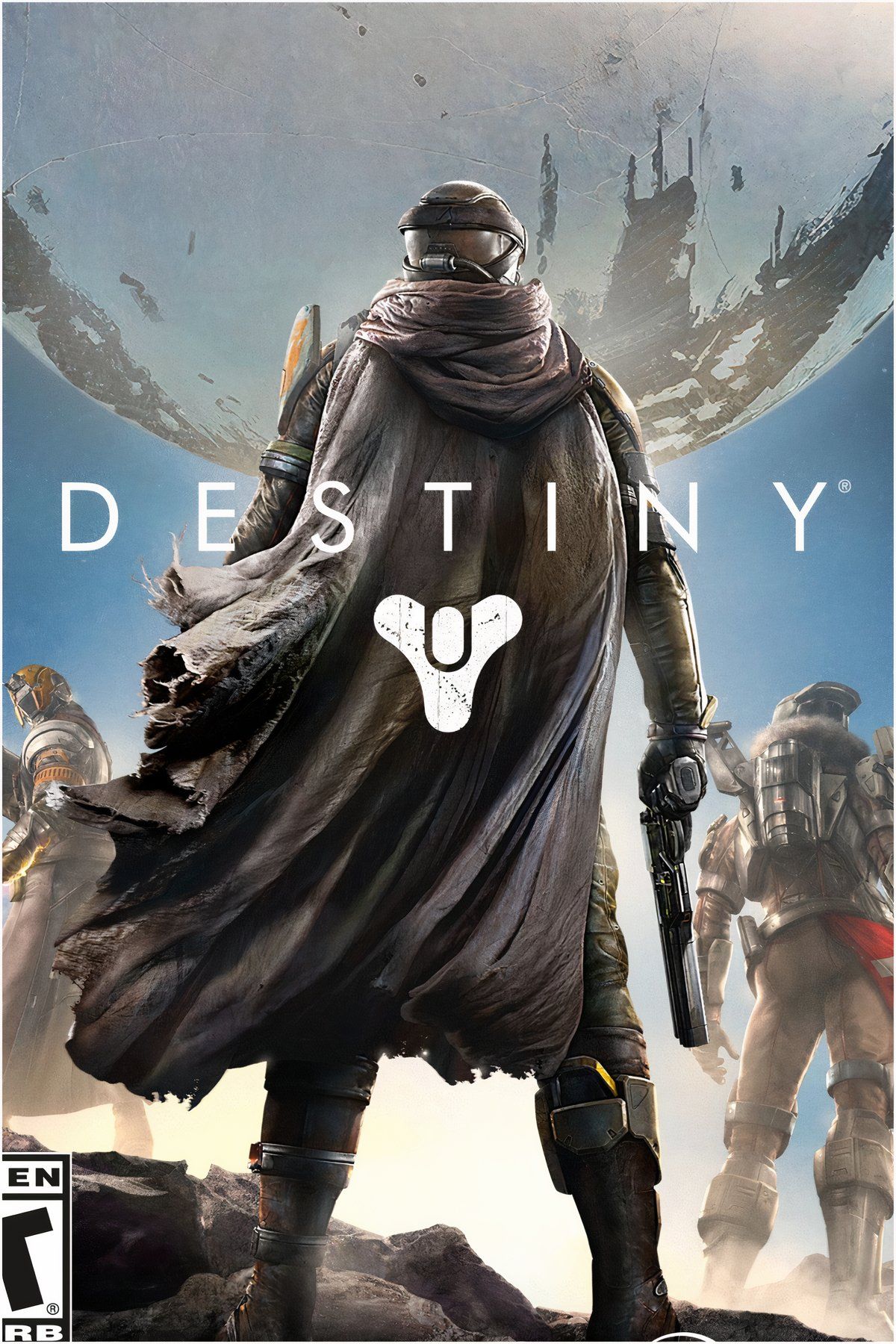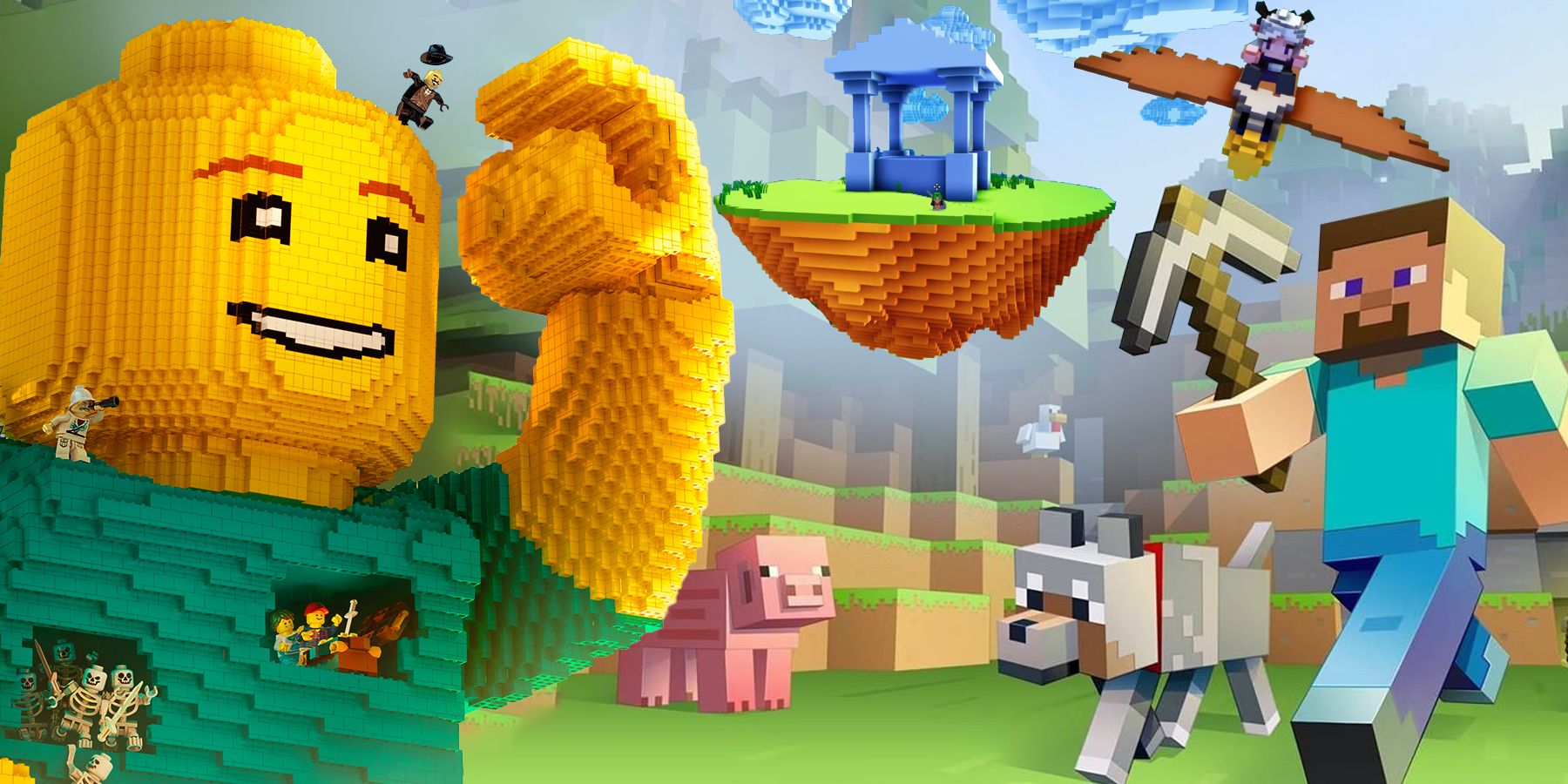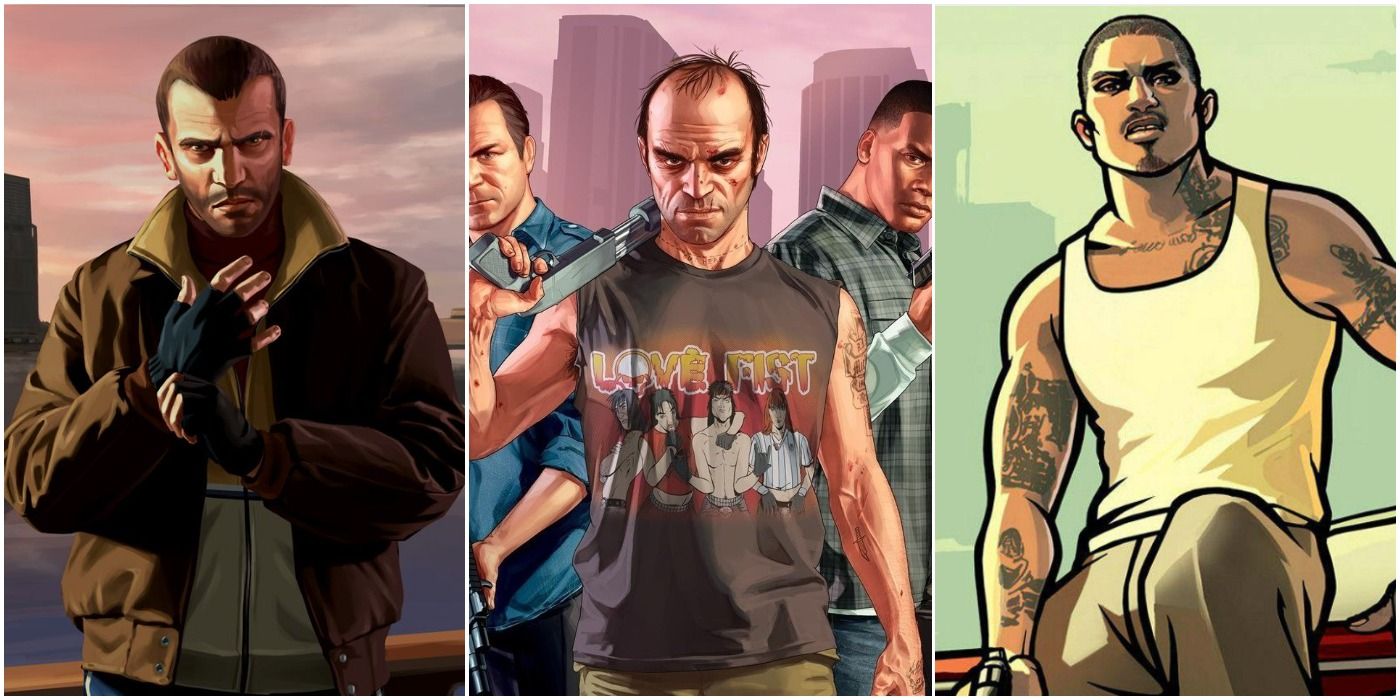Summary
- Some games thrive on multiplayer, offering unforgettable co-op runs and PvP matches.
- Multiplayer in games like Destiny, For Honor, and Minecraft elevate the experience beyond the single-player campaign.
- Games like GTA 5 and The Crew 2 show that road trips and heists are more fun with friends in multiplayer mode.
There are plenty of games that pack a single-player campaign purely out of obligation, like someone bringing a side salad to a barbecue—sure, it’s technically there, but everyone’s really in attendance for the meat.
Related
The 10 Best Multiplayer Games (According To Metacritic)
Some multiplayer games are simply better than others but which are the best according to Metacritic?
These are the games that don’t just support multiplayer, they thrive on it, where every co-op run, PvP match, or spontaneous open-world chaos ends up being ten times more memorable than the solo experience could ever hope to be. Whether it’s the mechanics, the community, or just the unpredictable brilliance of other players, these games are proof that some things are just better when shared.
6
Destiny
The Real Endgame Was The Fireteam We Made Along The Way

Destiny


- Released
-
September 9, 2014
- ESRB
-
T for Teen
-Animated Blood
-Violence
Destiny had a rocky start, to say the least. Released in 2014 by Bungie with a lore bible longer than some fantasy novels and a campaign that somehow managed to say none of it out loud, its single-player story left players confused, underwhelmed, or both. The plot felt like a rough draft someone forgot to proofread, and any sense of emotional payoff was lost somewhere between Peter Dinklage’s sleepy Ghost performance and the game’s habit of dropping vague terminology like “The Darkness” without context. However, step into a Strike or a Crucible match, and suddenly Destiny starts making sense.
The multiplayer, especially co-op, is where the game really flexes. Whether it’s the seamless integration of players during public events or the tightly choreographed chaos of Raids, Bungie’s real design strengths came alive in multiplayer. Raids like Vault of Glass and King’s Fall weren’t just hard—they were team-based trials that demanded actual communication, role delegation, and hours of wiping just to figure out what was going on. When it all finally clicked, it felt legendary.
PvP had its moments, too. Trials of Osiris became infamous for its sweat-soaked weekends, while Iron Banner gave casuals and hardcore players alike a place to test their loadouts—and their patience. For players who stuck around past the campaign, Destiny was less about the story and more about the fireteam, the loot grind, and the thrill of finally getting a Gjallarhorn to drop. The single-player campaign may have started the journey, but multiplayer was the reason anyone stayed.
5
For Honor
A 1v1 Duel Mode Better Than Most Fighting Games
Ubisoft’s For Honor launched with a cinematic campaign full of clashing steel, dramatic betrayals, and legendary warriors from different cultures all converging on one war-torn continent. On paper, it had everything, but that single-player mode—while visually impressive—played more like a prolonged tutorial with occasional boss fights than a compelling standalone experience. The real draw was always the multiplayer.
For Honor’s unique Art of Battle system turned every duel into a mind game. Reading opponents, countering attacks, and baiting feints was less about button-mashing and more like mental chess at 60 frames per second. Dominion mode added large-scale chaos, but it was in the tight, heart-pounding 1v1 Duels where For Honor found its soul. Every win felt earned. Every loss felt personal.
It helped that the game had one of the most diverse and stylistically distinct rosters in any melee combat title. From the samurai Nobushi with her poison-tipped naginata to the Viking Raider with their brutal axe combos, each hero had their own rhythm and mind games. Ubisoft’s steady stream of updates and new heroes kept the meta evolving, and while the community has had its ups and downs, the dedicated player base has kept For Honor alive well past what anyone expected. The single-player told a story. The multiplayer lets players create their own.
4
The Crew 2
Road Trips Are Always Better With Friends
The Crew 2 had an ambitious pitch: the entire United States, scaled down into a massive open-world playground where players could drive, fly, and boat their way across cities, deserts, and swamps. Sure, there’s a campaign tucked into all that—something about climbing racing ranks, earning fame, and beating rival crews—but it feels more like a background track than the main performance. It’s in the multiplayer where The Crew 2 really stretches its legs.

Related
8 Best Open-World Games With Realistic Driving
There have been some incredibly realistic driving games released over the years, from off-road adventures to street racing games.
Cruising across a sunlit Nevada highway in a convoy of player-customized hypercars or spontaneously drag-racing in downtown Miami turns the map into a living world. The Live Summit events encouraged weekly competition and vehicle experimentation, while co-op missions made exploring new terrain feel like part of a larger journey.
Then there’s the seamless vehicle swapping. Players could instantly switch between a street bike, a car, a stunt plane, or a speedboat, creating absurd but brilliant moments during multiplayer stunts or community-created events. It was ridiculous, and it was fantastic.
3
Battlefield 4
You Can Blow Up A Skyscraper, But Can You Save The Campaign?
There was a single-player campaign in Battlefield 4. It had characters, cutscenes, and set pieces, but most players remember it more for its bugs than its plot. The story tried to hit the usual military drama beats—rogue generals, betrayals, international crises—but it lacked the punch and polish of its multiplayer counterpart. And that multiplayer? Absolutely unhinged in the best way.
Levolution brought maps to life, with dynamic destruction events like collapsing skyscrapers in Siege of Shanghai or draining the floodgates in Flood Zone. The sound design was thunderous. Guns felt weighty. Every explosion rattled the screen like it was trying to crawl into the room. But what truly defined Battlefield 4 was its scale and spontaneity. Jets dogfighting above, tanks rumbling through the streets, and a lone Recon on a skyscraper trying to land the perfect 900-meter headshot—all happening at the same time.
Squad mechanics encouraged coordination, while Commander mode gave a bird’s-eye view to players looking to influence the fight strategically. And no matter how long the match ran, each moment felt like it had the potential to spiral into chaos. Single-player was something to trudge through once. Multiplayer became a forever war playground.
2
Minecraft
Punching Trees Is Fine, But Punching Trees Together Is Better
It’s possible to play Minecraft solo. Plenty of players do, but something magical happens the moment another person joins the server.
Suddenly, that quiet world of blocky trees and zombie groans turns into a canvas for creativity, competition, and complete nonsense. Multiplayer in Minecraft isn’t just co-op—it’s collaborative storytelling, base-building alliances, and accidental lava floods caused by a friend “trying something cool.”
3:45

Related
12 Best Minecraft Clones, Ranked
Since Minecraft is often regarded as one of the best games ever made, it’s no surprise that it’s inspired a few clones and other titles.
Sure, there’s a single-player survival mode. Dig down, get diamonds, beat the Ender Dragon; but most people never even bother. Not when multiplayer offers custom game modes like Bed Wars, Hunger Games, or SkyBlock. Not when entire servers are built around role-playing towns, economic systems, or elaborate Redstone tech industries.
Look at HermitCraft, a long-running private server where some of Minecraft’s most dedicated players and YouTubers build megastructures, prank each other with TNT traps, and accidentally cause server-wide inflation with in-game currencies. Or 2b2t, the anarchic wildlands of the game, where history is made out of obsidian walls and betrayals. Multiplayer doesn’t just make Minecraft better—it’s the reason it became a cultural phenomenon.
1
Grand Theft Auto 5
The American Dream Is Better With Jetpacks And Chaos
Rockstar’s Grand Theft Auto 5 was already a titan in single-player form. Three protagonists, a sprawling satire of Los Angeles, heists, car chases, and more Hollywood explosions than some actual movies. GTA Online took that foundation and built an entire alternate universe out of it.
The campaign had its moments—Trevor’s rampages, Michael’s midlife crisis, Franklin trying to climb the criminal ladder. But once the credits rolled, it was GTA Online that kept players coming back year after year. What started as a rocky, feature-light experience in 2013 has ballooned into a sprawling multiplayer sandbox filled with flying bikes, orbital cannons, nightclub empires, and literal doomsday plots.
Heists became a staple. The Pacific Standard Job, the Doomsday Scenario, and the Diamond Casino all require teamwork, planning, and just enough trust to make the inevitable betrayal sting. Meanwhile, free roam descended into beautiful chaos, where one minute players could be racing go-karts in a parking lot, and the next they were being obliterated by a griefing teenager with a tank.
Through it all, Rockstar kept adding content. Businesses, property, weapons, missions, minigames. It stopped being a multiplayer mode and became an entire ecosystem. No single-player replay, no matter how cinematic, can compete with more than ten years’ worth of chaos, cooperation, and jetpack-related crimes.

More
Open-World Games To Play If You Loved Grand Theft Auto V
Grand Theft Auto V was a masterpiece but there are still many games out there to enjoy if you’re finished with the open-world experience.




.png?width=1200&height=630&fit=crop&enable=upscale&auto=webp&w=360&resize=360,270&ssl=1)



